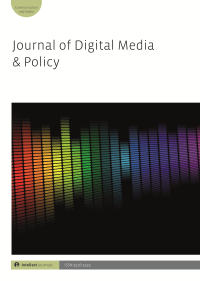
Full text loading...

The digital age has posed considerable challenges to media business model sustainability while diversifying opportunities for editorial organizations and journalists. The chaotic management of media companies is threatening the very fabric of various media industries. This article aims at understanding the sustainability of the media business models, and how media managers tailor their practices to cope with digital transformation in a competitive market. Media executives from three US newspaper companies (from the United States of America and Canada) and three European newspaper companies (from Ireland, England and France) were interviewed for this article. The results of the interviews with executives from the six newspaper companies interviewed suggest that there is a better adaptation to the digital transformation on the part of North American companies compared to European companies. All interviewed newspaper companies continue to face significant challenges in the search for ways to enable the sustainability of their business models to motivate their partners, shareholders and employees and contribute to greater diversity in the information market. The six media companies agreed that sustaining a media business and financing model is not equivalent to achieving the long-term sustainability of a media business model and financing.

Article metrics loading...

Full text loading...
References


Data & Media loading...

Publication Date:
https://doi.org/10.1386/jdmp_00097_1 Published content will be available immediately after check-out or when it is released in case of a pre-order. Please make sure to be logged in to see all available purchase options.